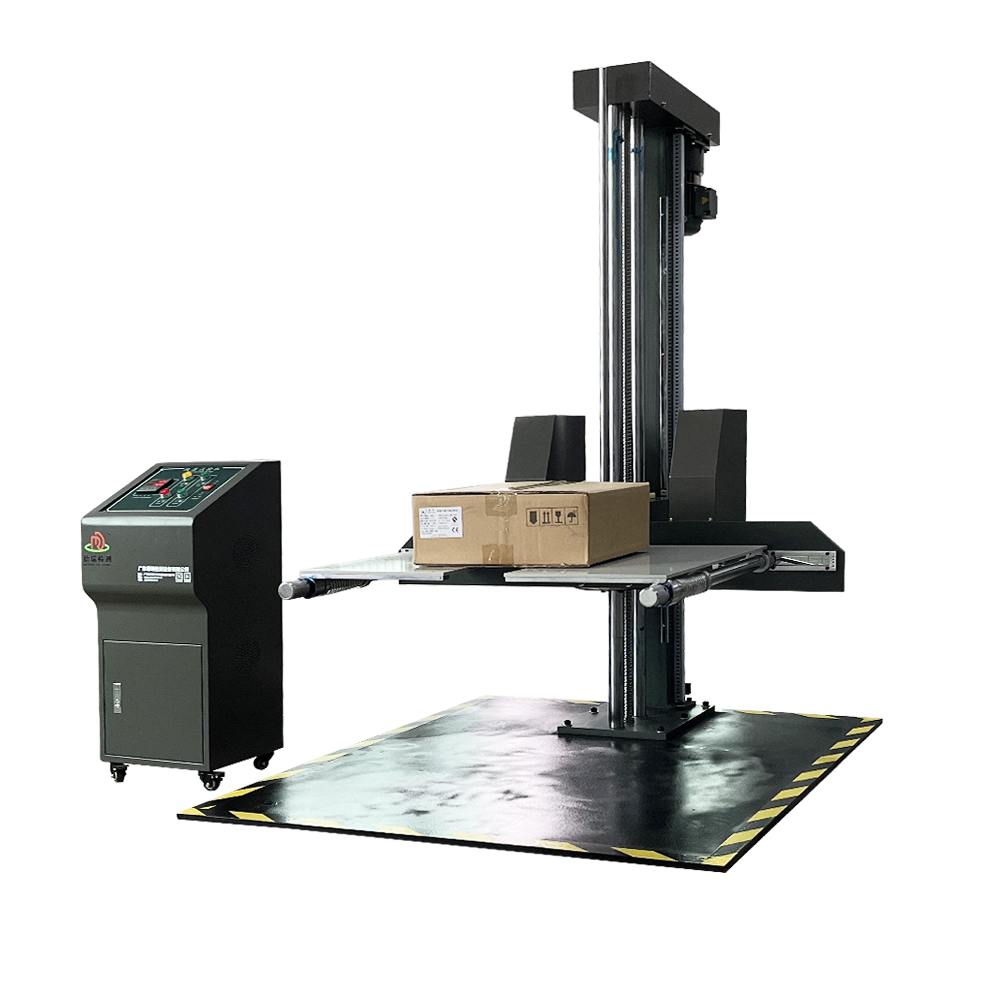
Drop Test Chamber Free Fall Analyzer
148605.0 INR/Unit
Product Details:
X
Drop Test Chamber Free Fall Analyzer Price And Quantity
- 1 Unit
- 148605.0 INR/Unit
Drop Test Chamber Free Fall Analyzer Trade Information
- Cash in Advance (CID)
- 100 Unit Per Month
- 3 Days
- All India
Product Description
Specifications:
| Item | Description |
| Drop height | 400-1500mm (can be customized) |
| Display method | Digital display |
| Max. weight of sample | 60kg (can be customized) |
| Max. size of sample | (L*W*H) 800*800*800mm |
| Drop panel area | 1400x1200mm (material is Solid steel plate) |
| Control box dimension | (L*W*H) 350*350*1100mm |
| Deviation of drop horizon | Less than 1 |
| Machine size | (L*W*H)1400*1200*2200mm |
In the competitive landscape of product manufacturing and quality assurance, the Drop Test Chamber Free Fall Analyzeremerges as a crucial instrument for evaluating product durability and reliability. This sophisticated equipment is designed to simulate free-fall scenarios, providing manufacturers with critical data on how their products withstand various drop conditions. In this article, we will explore the features, functionalities, installation process, and usage precautions of the Drop Test Chamber Free Fall Analyzer, ensuring a comprehensive understanding of its capabilities.
Key Features and Functionalities
1.
Free Fall Simulation:
The primary function of the Drop Test Chamber Free Fall Analyzeris to simulate free-fall conditions. This is achieved through a controlled release mechanism that allows products to fall from varying heights, accurately replicating real-world drop scenarios. This feature is essential for assessing the impact resistance and structural integrity of products.
2.
Adjustable Drop Height:
One of the standout characteristics of this analyzer is its adjustable drop height, ranging from 1 to 200 cm. This flexibility enables manufacturers to test products under different drop conditions, ensuring that they can evaluate the durability of their products across a wide spectrum of potential scenarios. The adjustable height feature is particularly beneficial for products that are likely to experience drops from different elevations during their lifecycle.
3.
Precision Control System:
The analyzer is equipped with a precision control systemthat ensures accurate and repeatable drop tests. This system allows for precise positioning of the product before release, ensuring that each test is conducted under identical conditions. This level of control is crucial for obtaining reliable and consistent data, which can be used to make informed decisions about product design and manufacturing processes.
4.
High-Speed Data Capture:
The Drop Test Chamber Free Fall Analyzer is equipped with advanced sensors and data capture technology. This enables the analyzer to record high-speed data during the drop test, providing detailed insights into the impact forces and the product's response. This data is invaluable for identifying potential weaknesses and areas for improvement in product design.
5.
User-Friendly Interface:
The analyzer features an intuitive user interface that simplifies the testing process. With clear controls and a straightforward setup, users can easily configure the test parameters and initiate the drop sequence. This user-friendly design reduces the learning curve for new users and ensures that testing can be conducted efficiently and effectively.
Installation and Setup
Installing the Drop Test Chamber Free Fall Analyzeris a straightforward process, but it requires careful attention to ensure optimal performance:
1.
Location Selection:
Choose a stable and level surface for the analyzer. The location should be free from vibrations and other external disturbances that could affect the test results.
2.
Assembly:
Follow the manufacturer's instructions for assembling the analyzer. This typically involves attaching the drop mechanism, securing the base, and connecting the control unit.
3.
Calibration:
Once assembled, calibrate the analyzer to ensure accurate test results. This may involve adjusting the drop height, verifying the release mechanism, and confirming the data capture settings.
4.
Safety Checks:
Conduct a series of safety checks to ensure that the analyzer is functioning correctly. This includes testing the emergency stop function and verifying that all safety interlocks are operational.
Usage Precautions
To ensure the safe and effective operation of the Drop Test Chamber Free Fall Analyzer, consider the following precautions:
Regular Maintenance:
Perform regular maintenance checks to ensure that the analyzer remains in good working condition. This includes inspecting the drop mechanism, checking the sensors, and verifying the calibration.
Proper Product Positioning:
Ensure that the product is positioned correctly before each test. This ensures that the drop is consistent and that the data captured accurately reflects the product's response to the impact.
Environmental Conditions:
Be mindful of the environmental conditions in which the analyzer is operated. Extreme temperatures, humidity, and other factors can affect the performance of the analyzer and the test results.
Training:
Provide adequate training for all users of the analyzer. This ensures that they understand how to operate the equipment safely and effectively, reducing the risk of accidents and ensuring reliable test results.
Tell us about your requirement

Price:
Quantity
Select Unit
- 50
- 100
- 200
- 250
- 500
- 1000+
Additional detail
Mobile number
Email



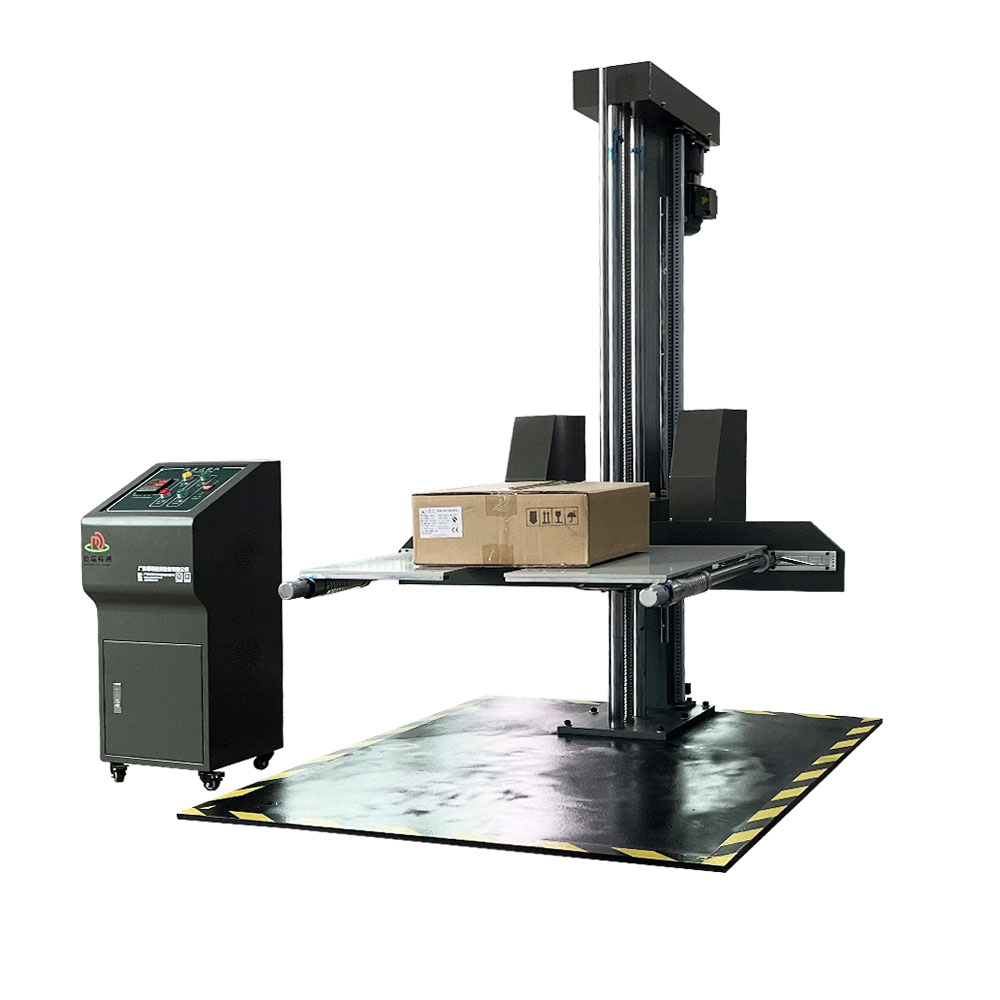
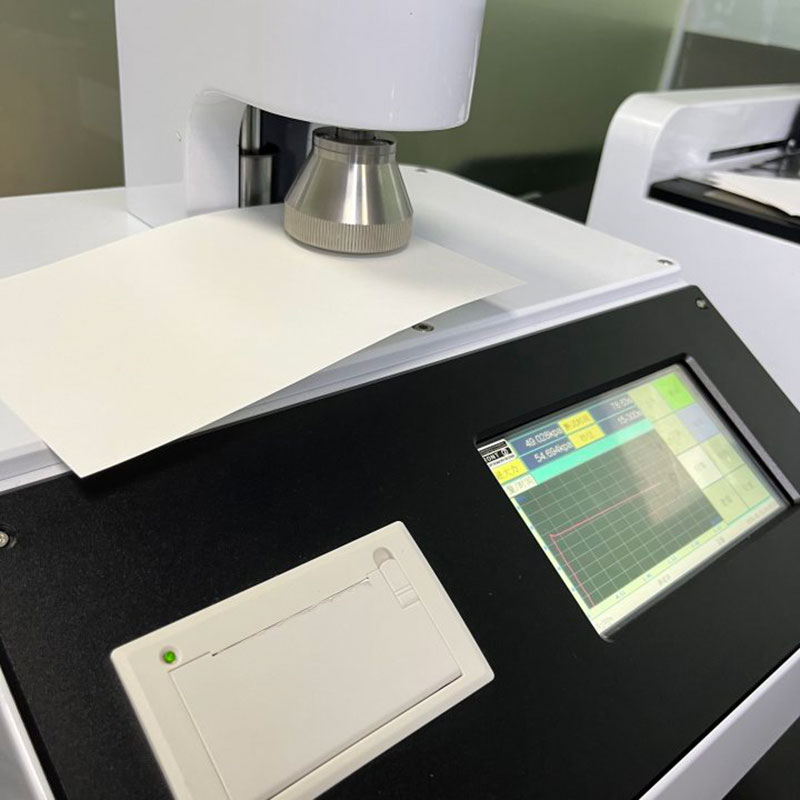
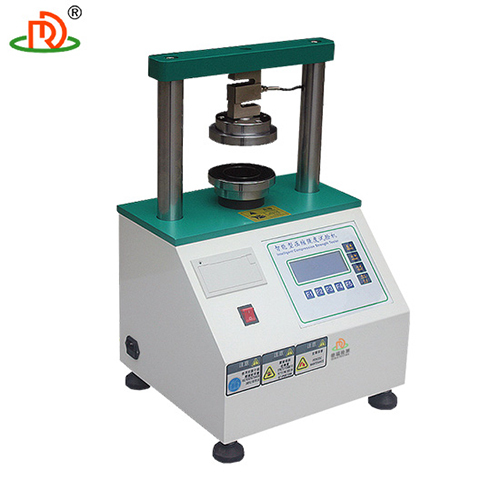
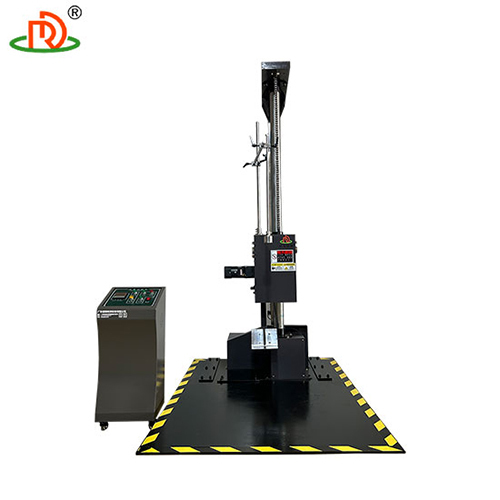

 English
English Spanish
Spanish French
French German
German Italian
Italian Chinese (Simplified)
Chinese (Simplified) Japanese
Japanese Korean
Korean Arabic
Arabic Portuguese
Portuguese